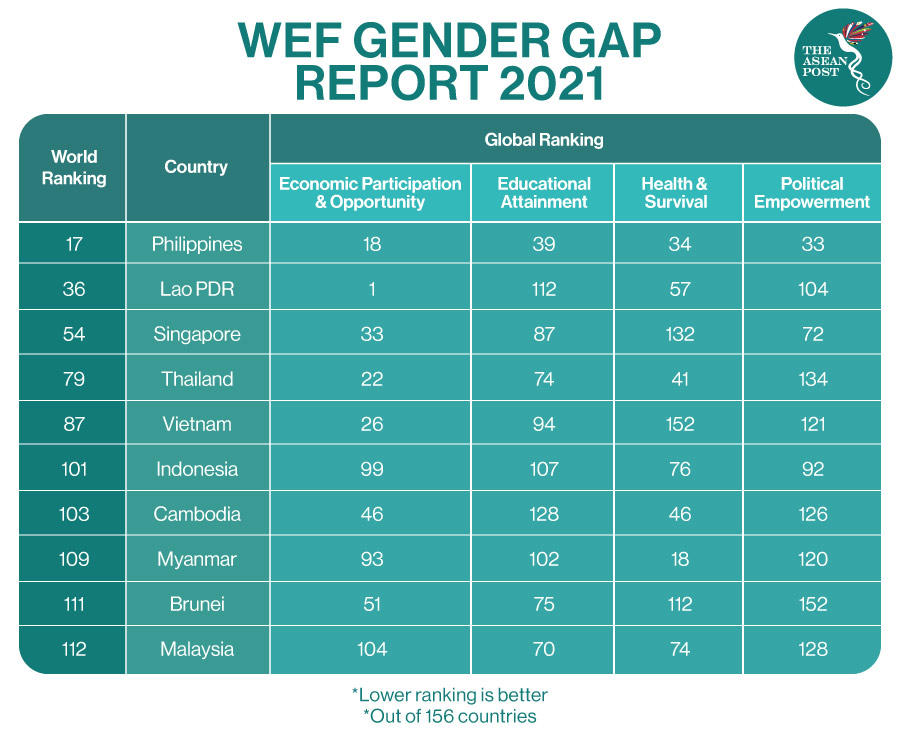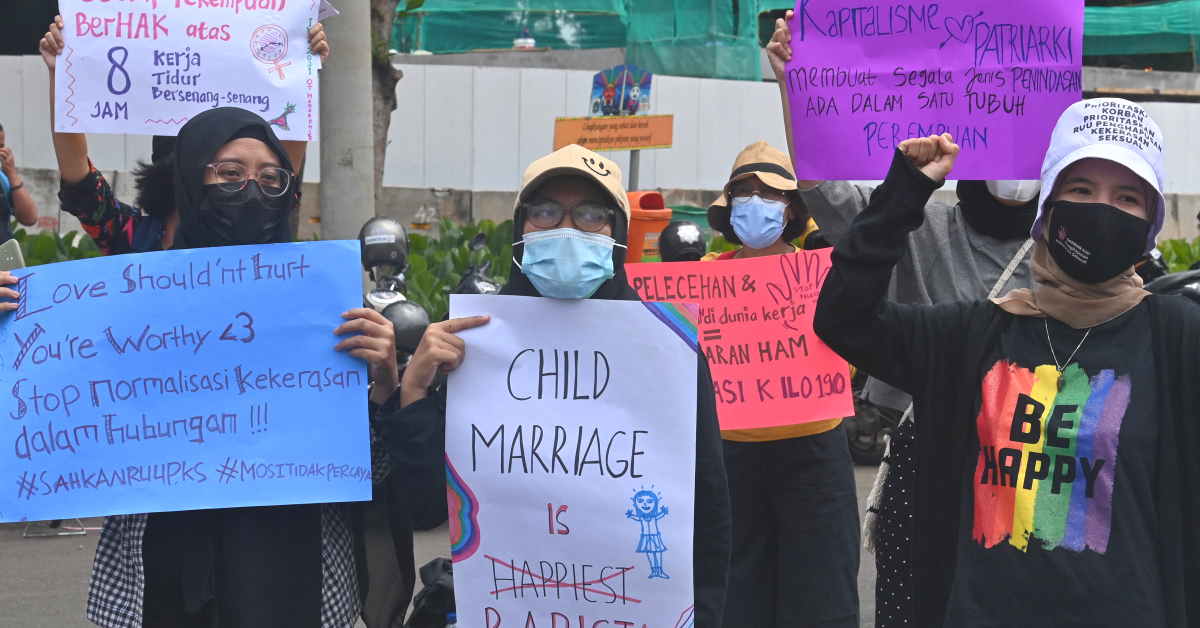Since COVID-19 emerged in late 2019, people from various backgrounds have succumbed to the disease. From front liners, politicians, and celebrities to ordinary people – the coronavirus doesn’t discriminate. But the virus doesn’t just pose a threat to people’s health and wellbeing, but other aspects of their lives as well.
Everyone across the globe is currently feeling some form of pinch from the pandemic. Nevertheless, the outbreak is likely to further impair those already struggling with poverty and/or discrimination, persons with disabilities, refugees, the elderly, and women.
It was reported that more women have lost their jobs due to the impact of the coronavirus compared to men. According to global consulting firm McKinsey, women’s jobs are at 19 percent greater risk than men’s are.
For women, the pandemic is deepening pre-existing inequalities, exposing and exploiting vulnerabilities in social, political and economic systems, said the United Nations (UN).
Gender Gap Report
According to the World Economic Forum (WEF)’s recently released Global Gender Gap Report 2021, the time it will take for the gender gap to close grew by 36 years in the space of just 12 months due to the pandemic.
The report estimates that it will take an average 135.6 years for women and men to achieve parity on a range of factors worldwide, instead of the 99.5 years predicted in last year’s report.
Studying 156 countries in this year’s report, the WEF examined four indicators – economic opportunity, political power, education and health. Countries were then ranked according to the Global Gender Gap Index, which measures scores across these indicators. The scores were interpreted as distance to gender parity or the percentage of the gender gap that has been closed in the country.

Iceland, Finland and Norway top the table of the Global Gender Gap Index 2021, while Iraq, Yemen and Afghanistan are in bottom three, placed at 154th, 155th, and 156th, respectively.
Across Southeast Asia, the Philippines ranks first among its fellow ASEAN member states, and 17th in the global ranking. Whereas Malaysia takes last spot for ASEAN member states, and 112th in the Global Gender Gap Index.
Economic Well-Being
A UN policy brief titled, ‘The Impact of COVID-19 on Women’ states that the economic and productive lives of women will be affected disproportionately and differently from men. This is due to the fact that women “earn less, save less, hold less secure jobs, and are more likely to be employed in the informal sector. They have less access to social protections and are the majority of single-parent households.”
The COVID-19 pandemic has severely affected numerous industries in the service sector such as retail, tourism and hospitality – where the share of employment for women is very high.
Women’s representation in the hospitality sector in different Southeast Asian countries range from 50 percent up to 75 percent, with more women joining the sector every year. Globally, within the hospitality industry, women make up nearly 70 percent of the workforce.
According to the UN paper, based on past outbreak experiences such as the Ebola virus, quarantines can significantly reduce the economic and livelihood activities of women, increasing poverty rates and exacerbating food insecurity.
“While men’s economic activity returned to pre-crisis levels shortly after preventive measures subsided, the impacts on women’s economic security and livelihoods lasted much longer,” stated the UN.
Saadia Zahidi, managing director of the WEF also said that the closure of schools due to lockdowns contributed to retrenchment to older behaviours in terms of care responsibilities in many economies.
“Women, including white collar women who are working from home, are now under a sort of double shift scenario, where they are primarily responsible for care responsibilities in the home, while at the same time obviously working under increased stress in the workplace,” she explained.
Nevertheless, referring to the recent WEF report, Zahidi also suggests that the impact of the pandemic on women is still likely to be underestimated and isn’t fully visible in the data available to date.
Related Articles:
